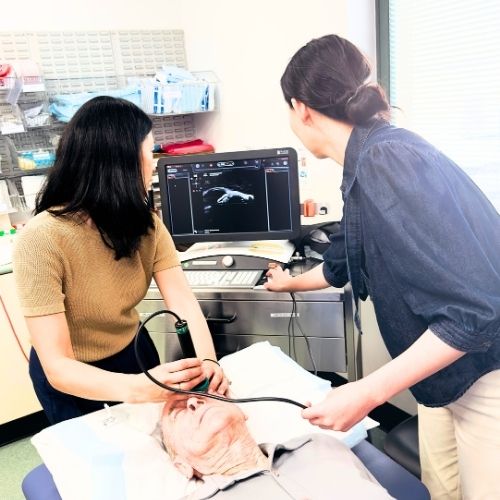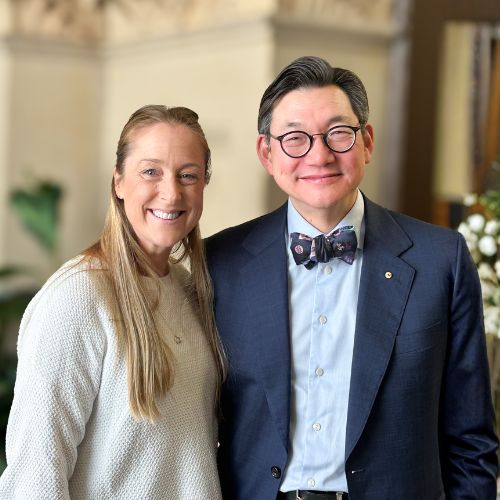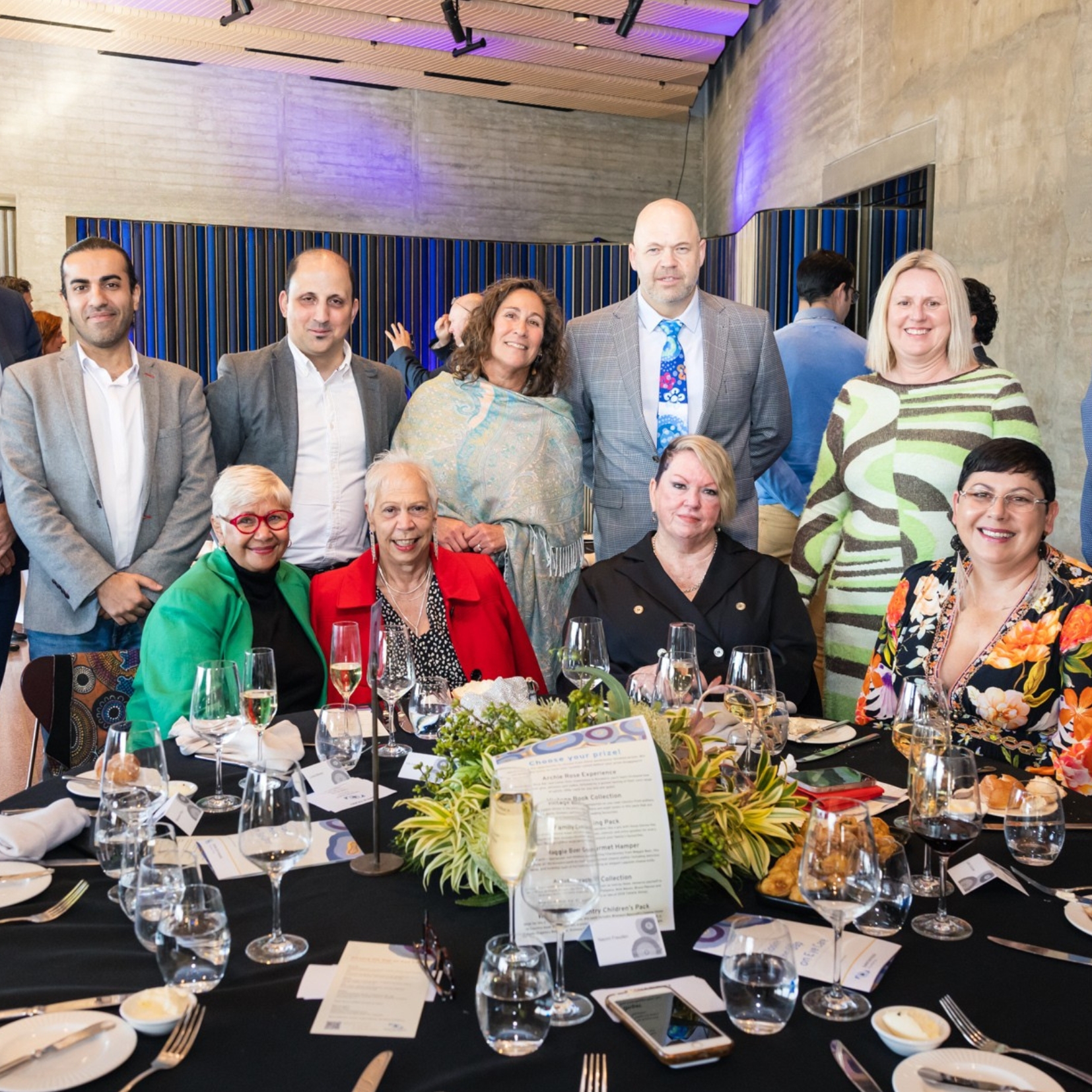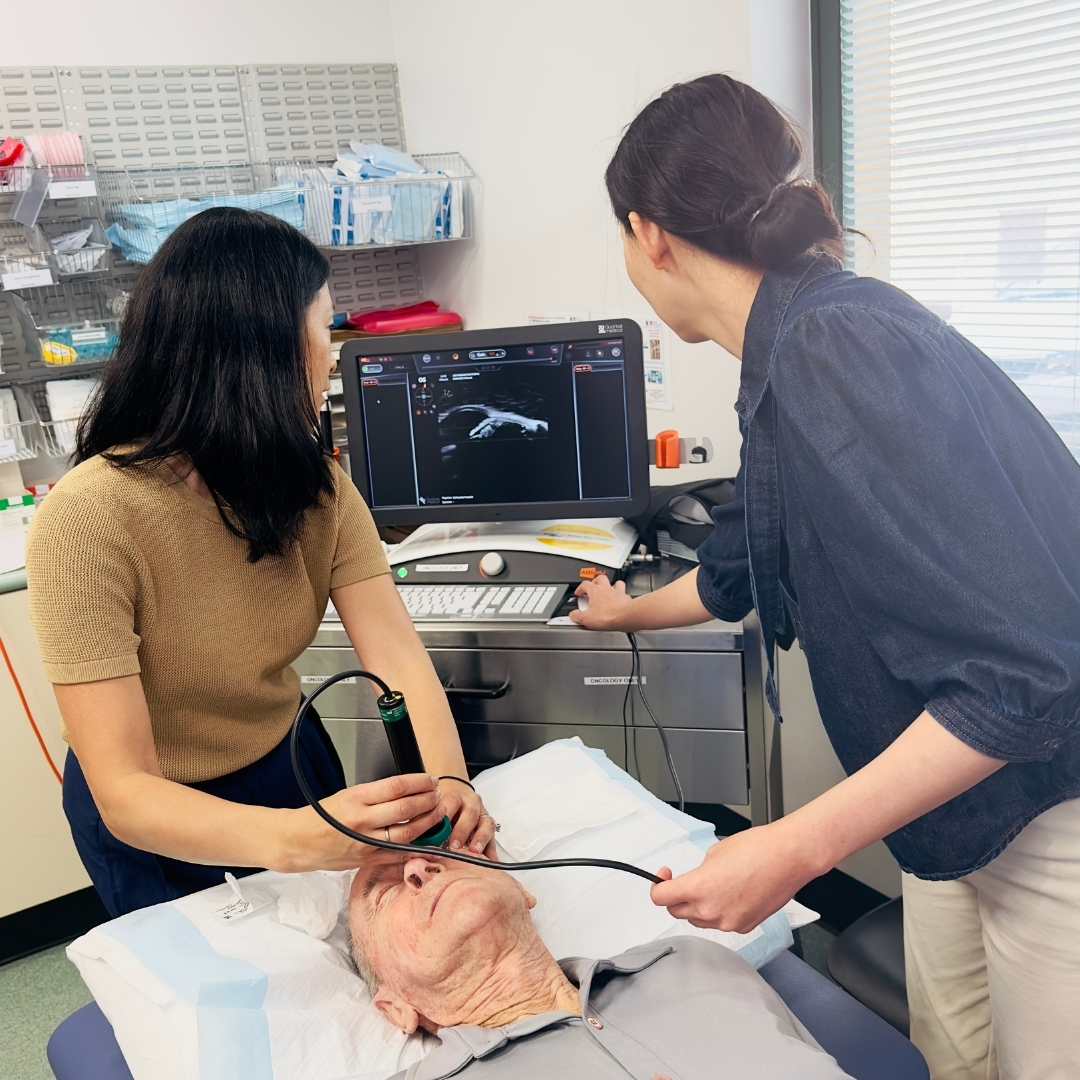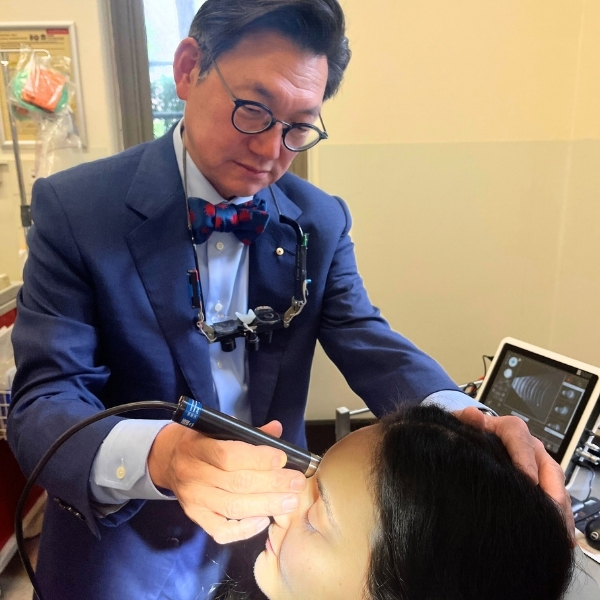This World Glaucoma Week (9 – 16 March), Sydney Eye Hospital is getting behind the global initiative by publicly launching an innovative tool today to help patients stick to their treatment regime.
World Glaucoma Week is a global initiative of the World Glaucoma Association (WGA) that puts a spotlight on glaucoma as the leading cause of preventable irreversible blindness worldwide.
“Glaucoma usually gives no warning until it is advanced, but the damage it causes to vision is ongoing and could become irreversible,” explains Dr Ridia Lim, Head of the Glaucoma Unit at Sydney Eye Hospital
“The good news, for many patients, is treatment can halt the damage. The earlier the diagnosis, the more sight there is to save and the less likely the person will become blind.”
Patients have the benefit of receiving state-of-the-art care while at Sydney Eye Hospital, but when they go home, it’s crucial for patients to stay on top of their medication.

“An international research study[1] [2] estimated that between 23% - 60% of glaucoma patients don’t use their eye drops or don’t apply them effectively,” says Dr Lim.
“For the treatment to work, it is important that the eye drops prescribed are used exactly as directed. That includes timing, dosing and not missing eye drops. Long term, for glaucoma patients, taking the drops properly is important in maintaining vision and quality of life,” she says.
Enter the Sydney Eye Drop Project, led by Dr Duri Kim, a Sydney Eye Hospital doctor from 2023-24, and funded through generous community gifts to the Sydney Eye Hospital Foundation.

The Project includes two core initiatives to help patients, the Sydney Eye Drop Chart, and the Sydney Eye Drop App. It’s all about collaborative care and supporting patients to correctly administer their medicines at home.
“The Sydney Eye Drop Chart is a simple visual aid that patients receive at the end of a consultation or at the end of their hospital stay,” Dr Kim says. “Their treatment program is mapped out on the chart with bold graphics to make clear the dosage and frequency of each medication prescribed.”
“The Sydney Eye Drop App has been developed for smartphones and tablets. It is available, to all, in the Apple App store. It is a user-friendly reminder system that notifies the patient to take their drops, and it will help patients stick to their ophthalmic eye medication.”
Before launching this new initiative Dr Kim, along with her Sydney Eye Hospital colleagues, piloted the project to gain vital feedback which showed 98-100% of patients found the app and medication charts easy to use. It also highlighted the need for multilingual resources and more advanced accessibility, with work underway to launch the app in the Android form as part of the next phase.

Dr Ridia Lim and Kim Gardiner
Kim Gardiner has a unique personal and professional perspective, as an optometrist and patient living with glaucoma.
“The Sydney Eyedrop Project is a fantastic initiative which helps both myself and my patients keep on top of our medication.”
“As we all know, life gets busy, so it is incredibly helpful to have these resources which couldn’t be easier to use.”
Linda Fagan, Chief Executive of Sydney Eye Hospital Foundation, said the Foundation was thrilled to have been able to fund the Sydney Eye Drop Program.
“I’m immensely proud our donors have contributed to an Australian first smartphone app for eye medication reminders helping people with glaucoma,” she says.
“This vital education about prescribed eye drop therapies is a fitting way to mark World Glaucoma Week. The message is clear: patients appreciate clear written and visual communication and a simple reminder system and should play a key role in improving patient outcomes,” says Linda.
“Our focus now is on expanding the Eye Drop project to all subspecialties in outpatient and inpatients together with Sydney Eye Hospital, expanding to Android and meeting multilingual needs.”
[1] Richardson C, Brunton L, Olleveant N, Henson D, Pilling M, Mottershead J, et al. A study to assess the feasibility of undertaking a randomized controlled trial of adherence with eye drops in glaucoma patients. Patient preference and adherence. 2013;7:1025-39.
[2] Sleath B, Blalock S, Covert D, Stone JL, Skinner AC, Muir K, et al. The relationship between glaucoma medication adherence, eye drop technique, and visual field defect severity. Ophthalmology. 2011;118(12):2398-402.




